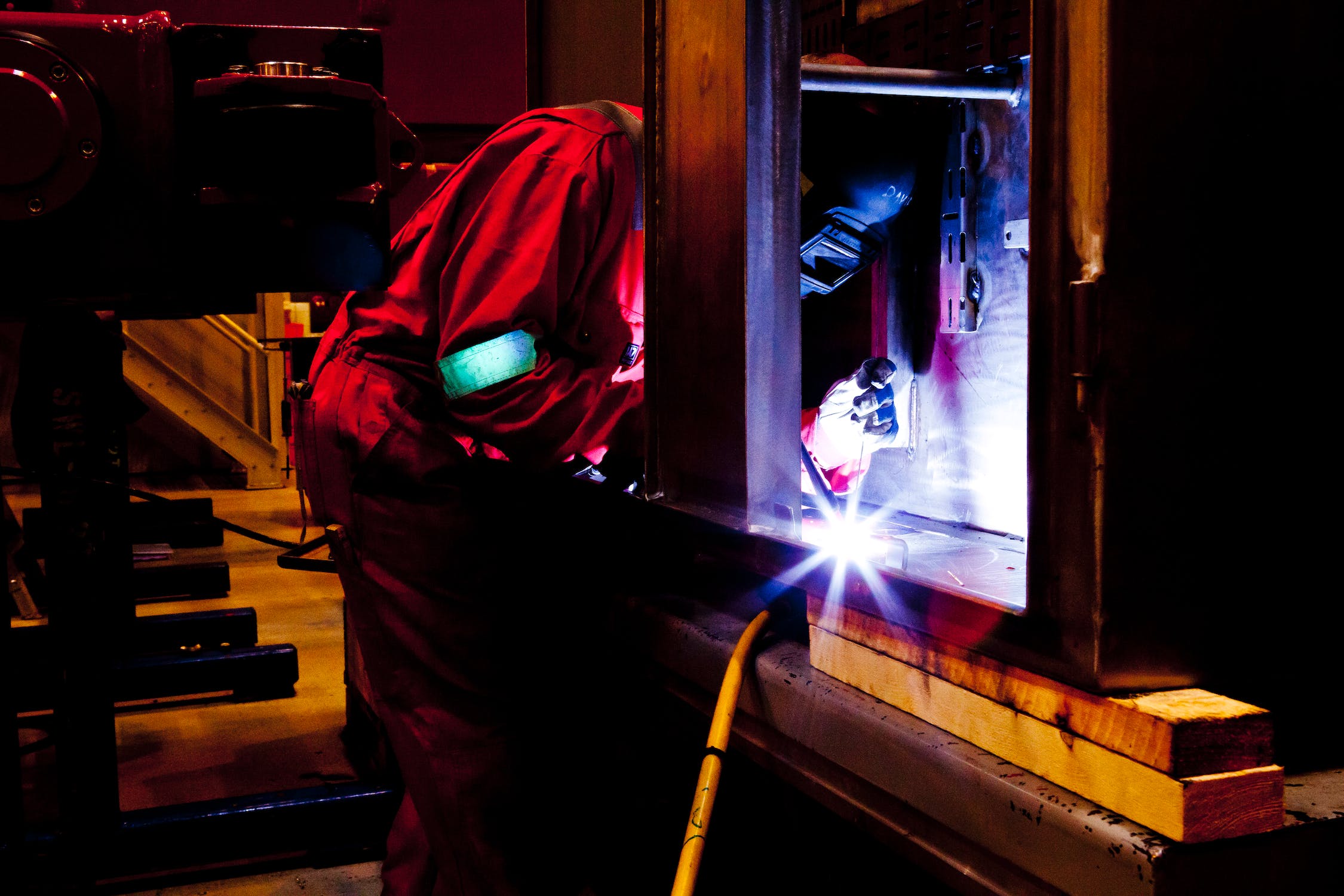Welding is a vital process in various industries, and it requires precision, safety, and expertise. Welding machines are the backbone of the welding process, and they come in different types, sizes, and models. Although welding machines have been around for years, there are still some obscure facts that many people don’t know. In this article, we will highlight five obscure facts about welding machines that you should know.
Welding machines can vary in size and type
Welding machines come in different sizes and types, and each is designed for a specific purpose. The most common welding machines include MIG, TIG, and Stick welders. MIG welders are suitable for welding thicker metals and are commonly used in manufacturing and construction industries. TIG welders are ideal for welding thinner metals and are commonly used in the automotive and aerospace industries. Stick welders are suitable for welding thicker materials and are commonly used in construction and repair work. Welding machines can be classified into two main categories: AC (Alternating Current) and DC (Direct Current). The type of machine used depends on the welding process, the material being welded, and the thickness of the material.
Welding machines have safety features
Welding machines can be dangerous if used incorrectly. To prevent accidents, welding machines are equipped with safety features that protect the user from electrical shock, burns, and other injuries. Some of the safety features include overload protection, thermal overload protection, and voltage reduction devices. Overload protection shuts off the machine when the current exceeds the maximum limit, while thermal overload protection prevents the machine from overheating. Voltage reduction devices reduce the risk of electrical shock by reducing the voltage to a safe level.
Welding machines need maintenance
Welding machines are durable, but they need regular maintenance to function optimally. The maintenance schedule depends on the type of machine, frequency of use, and the environment it operates in. Some of the maintenance tasks include cleaning the machine, checking the cables, and replacing worn-out parts. Regular maintenance ensures that the machine operates efficiently and reduces the risk of breakdowns and accidents.
Welding machines have a duty cycle
The duty cycle is the amount of time a welding machine can operate continuously without overheating. The duty cycle is expressed as a percentage and is usually based on a ten-minute cycle. For example, a machine with a 60% duty cycle can operate for six minutes continuously before requiring a four-minute rest period. The duty cycle is an important factor to consider when selecting a welding machine, especially for heavy-duty applications.
Welding machines can be portable
Welding machines can be portable, making them suitable for outdoor and remote applications. Portable welding machines are lightweight and can be easily transported from one location to another. They are commonly used in construction, maintenance, and repair work. Portable welding machines can run on different power sources, including gasoline, diesel, and electricity.
Types of Welding Machines
| Type of Welding Machine | Suitable for | Industries |
|---|---|---|
| MIG Welder | Thicker metals | Manufacturing, Construction |
| TIG Welder | Thinner metals | Automotive, Aerospace |
| Stick Welder | Thicker materials | Construction, Repair |
In conclusion, welding machines are essential in various industries, and understanding their features and capabilities is crucial for safe and efficient welding. The five obscure facts highlighted in this article provide valuable insights into the world of welding machines. By knowing the different types, safety features, maintenance requirements, duty cycles, and portability options of welding machines, you can select the most suitable machine for your welding needs.




